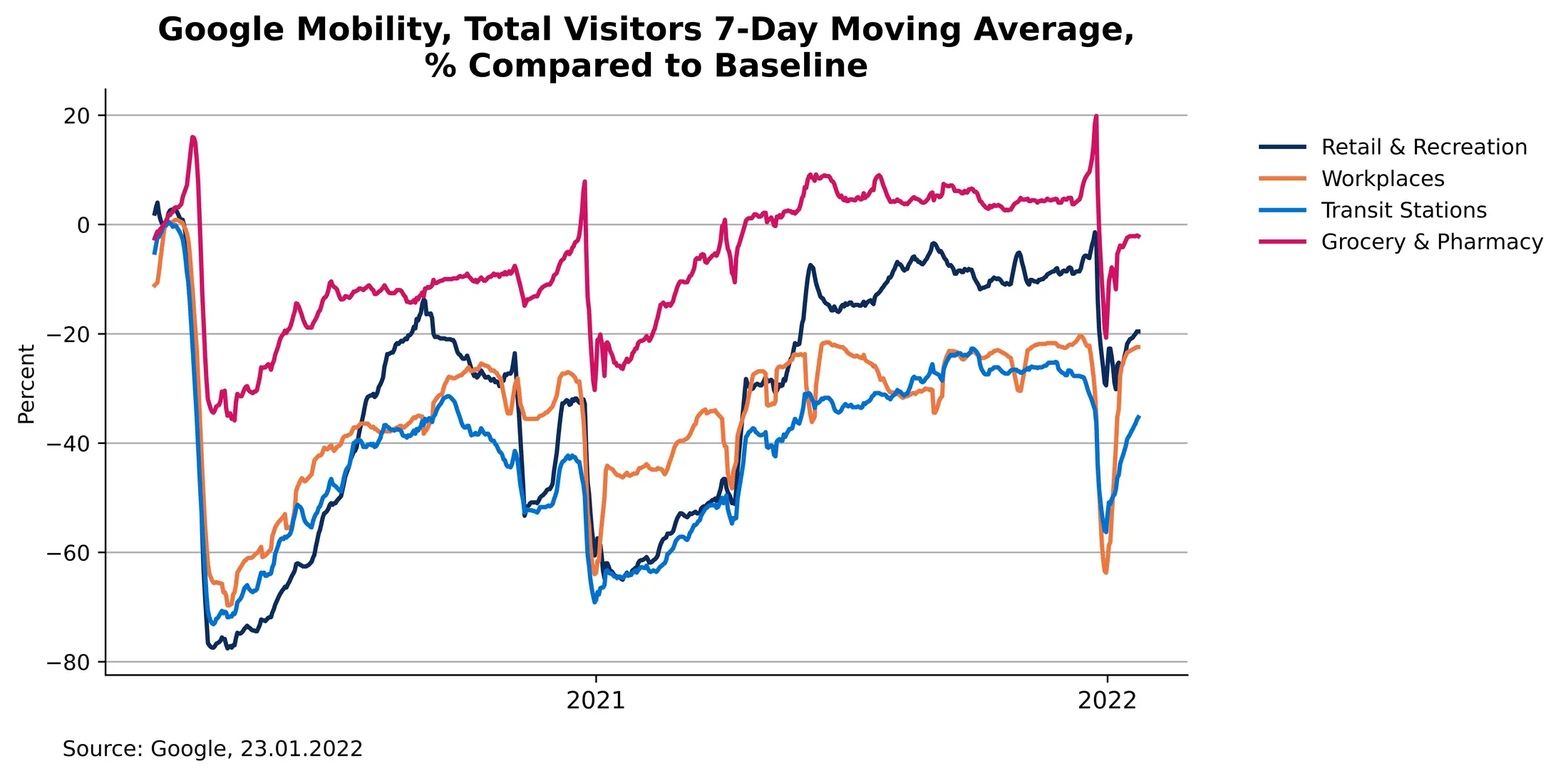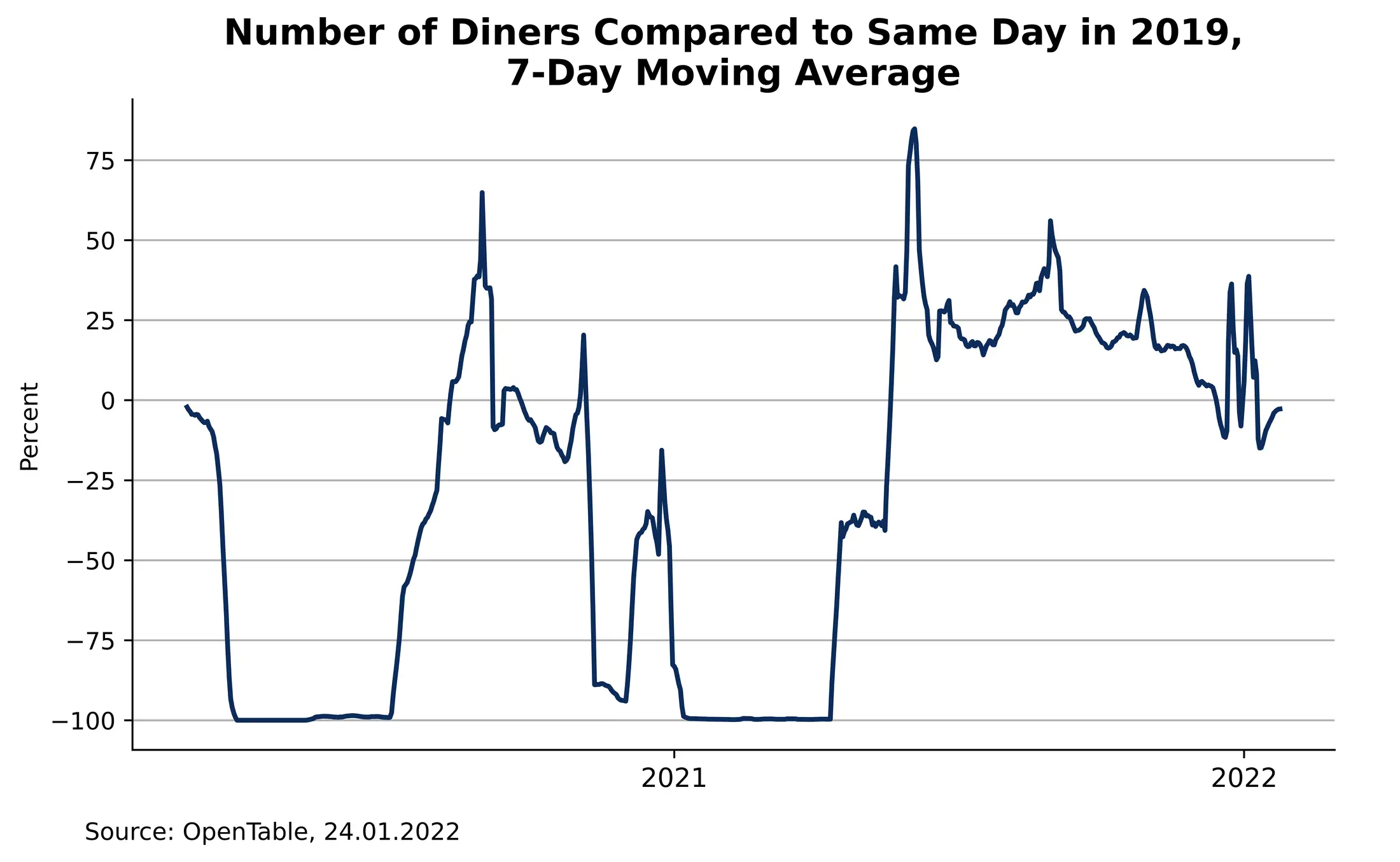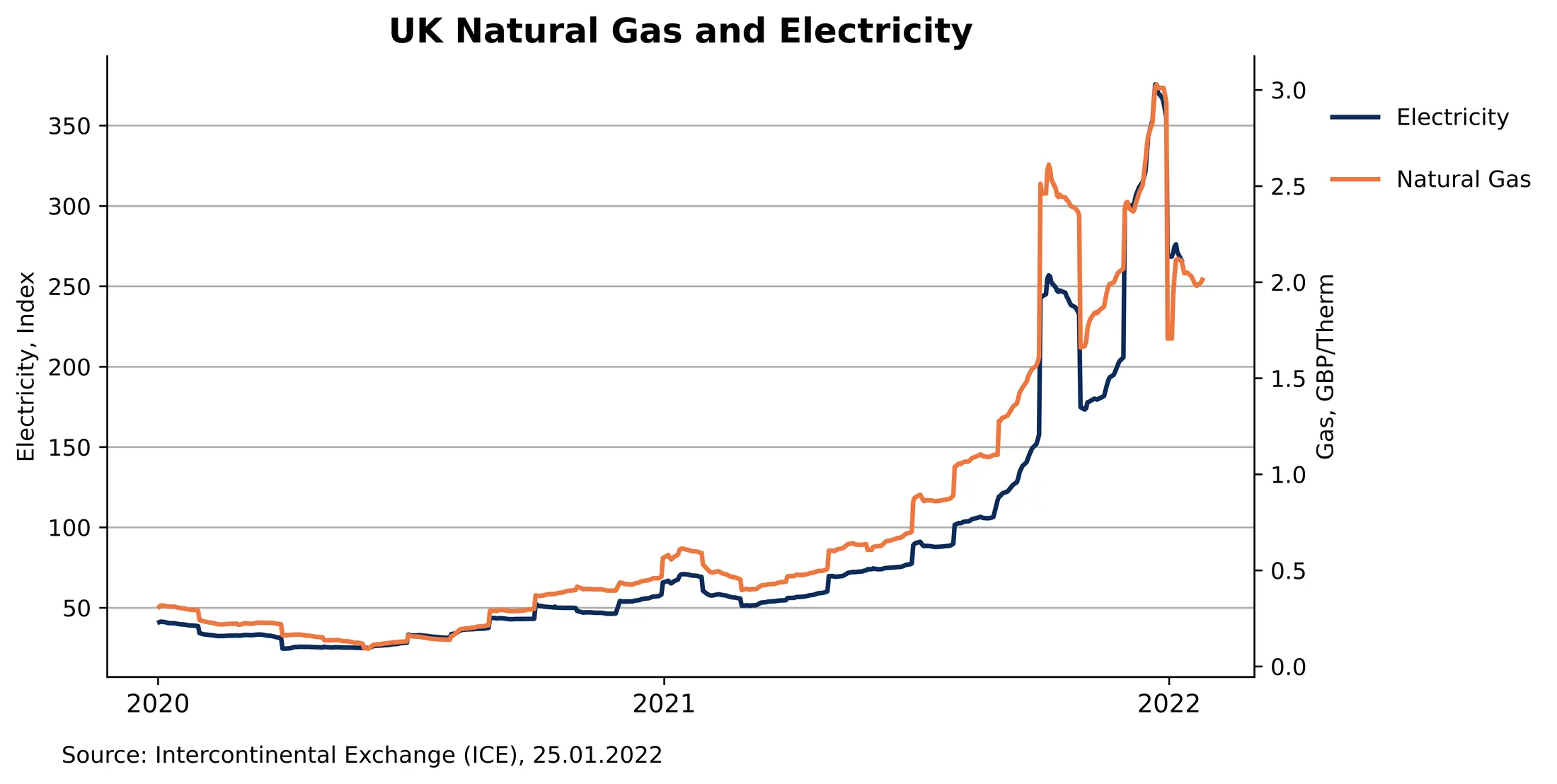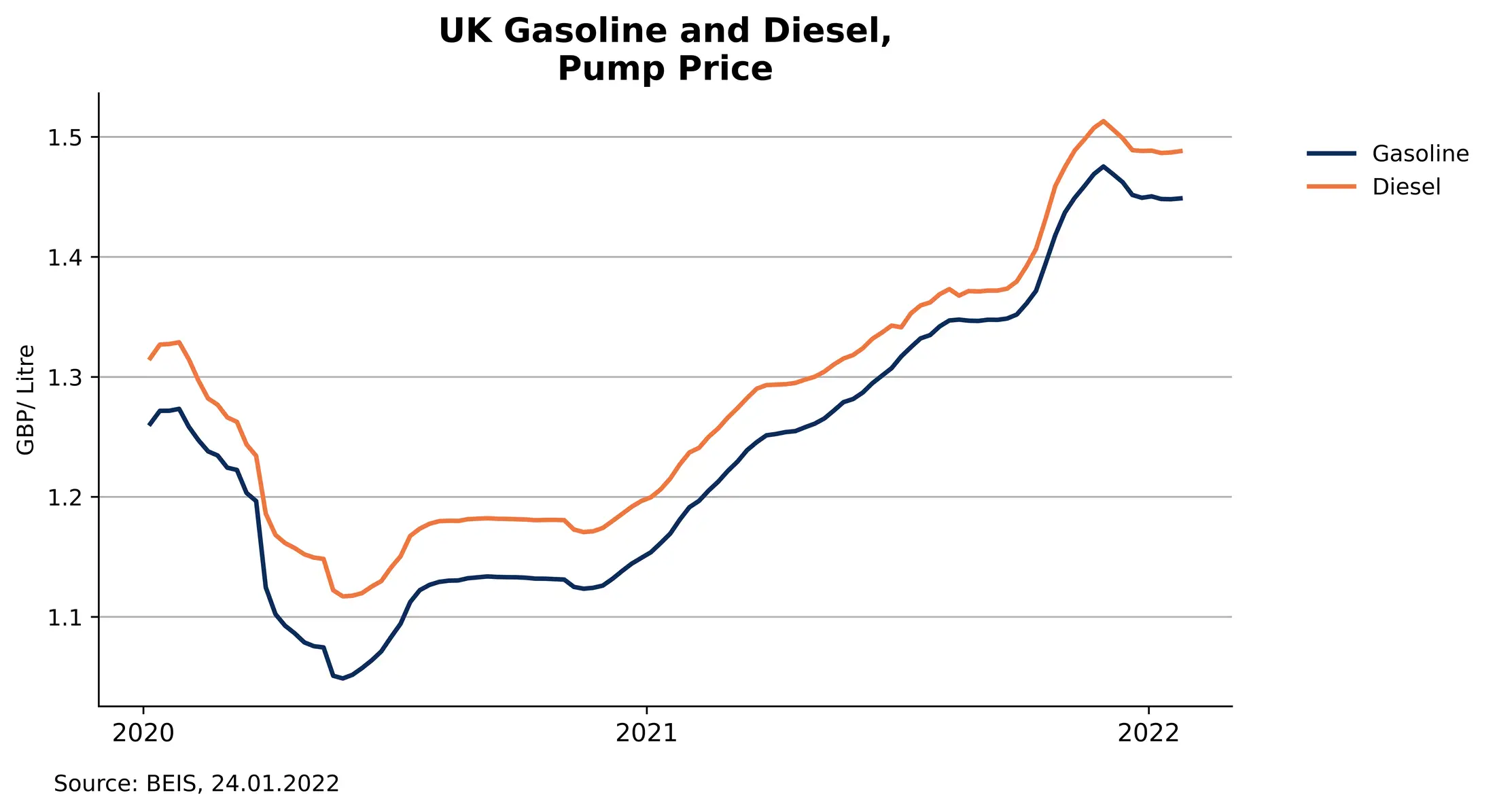High-frequency data provides real-time updates of the economy and crucial information in uncertain environments.
High-frequency data helps to build a more detailed understanding of the economy, as well as the market intelligence needed for businesses to operate and policymakers to act in times of crisis.
Traditionally, economic data is published on a quarterly or monthly basis, subject to revision, and may be outdated when trying to understand the immediate environment. However, the COVID-19 pandemic has spurred the publication of high-frequency data from public and private sector sources to allow for (practically) real-time data updates. These provide an excellent complement to traditional economic indicators.
Consumer activity measures
Consumer spending growth is expected to drive the UK’s pandemic recovery, according to the CBI’s latest economic forecast. Measures that track consumer behaviour, therefore, give important insights into how the recovery is progressing.
As one example, Google publishes aggregated data from their products to track mobility and the Bank of England releases figures on credit and debit card purchases – data that can be used to complement traditional economic indicators, such as retail sales.

Other consumer activity measures, such as the number of diners at restaurants (published by OpenTable) can identify changes in consumer behaviour due to the spread of COVID-19 and associated restrictions on economic activity. The graph below illustrates the volatile challenges the hospitality industry has faced over the pandemic.

Overall, recent consumer activity data suggests the hit from Omicron should be largely temporary. A number of indicators – such as credit card spending and mobility – have seen a nascent recovery in early January following a decline over the Christmas holidays.
Price and energy pressures
Inflation remains a serious near-term challenge for the UK and other advanced economies. Tracking energy prices – a major driving force of inflation – provides real-time updates to the trajectory of inflationary pressures. Looking ahead, the CBI’s own forecast expects inflation to peak in April when the anticipated rise in Ofgem’s energy price cap comes into force.
Looking at the latest data, energy price pressures eased in early January but remain relatively elevated. Electricity and natural gas prices in the week to 21 January were at their lowest since 29 November. Fuel prices as of 17 January seem to have peaked around £1.50/litre following the steady trend of price increases seen over 2021.


High-frequency data can go far, from tracking the COVID-19 recovery and the rapidly changing policy environment, to the transition to net zero carbon emissions. Amidst these unprecedented shocks to economic activity and consumer behaviour, high-frequency data is a powerful way to gain insight into your sector.
CBI Economics, the CBI’s economic consultancy division, is on-hand to provide your business the intelligence to navigate rapidly changing markets. To learn more please contact us.










